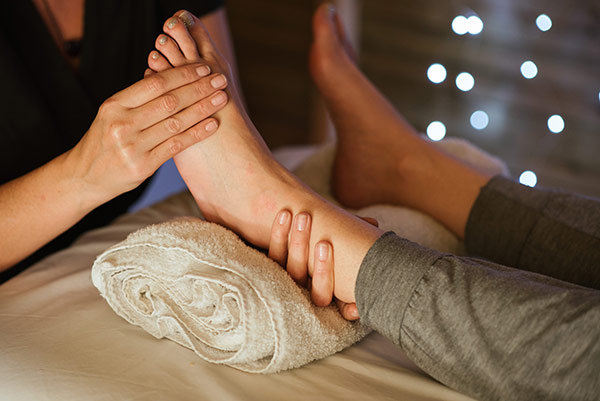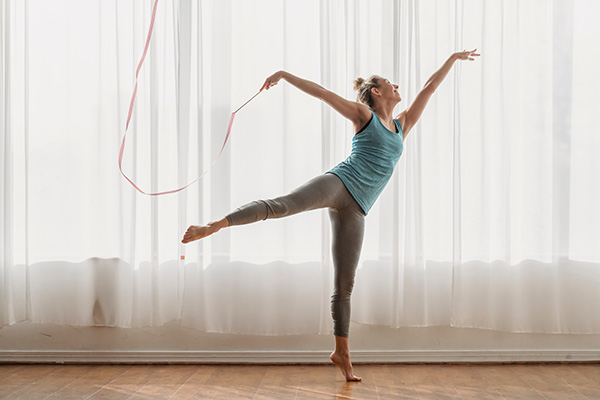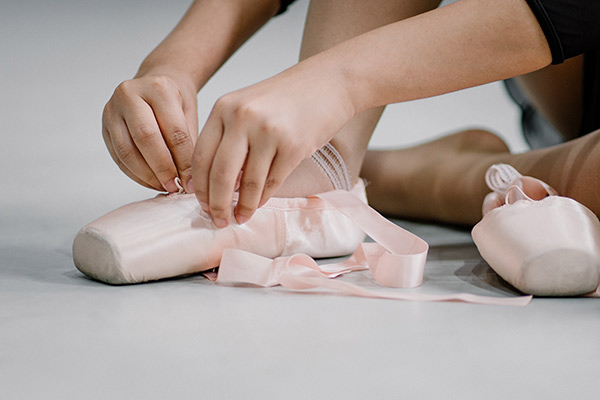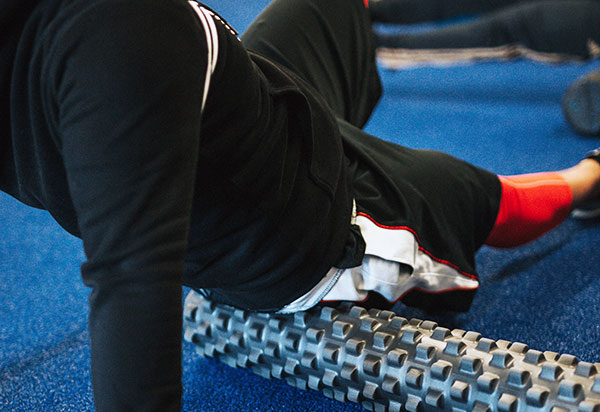Remedial Massage Therapy for Dancers
The Benefits of Remedial Massage Therapy for Dancers
The art of dance is so highly praised for its level of physical discipline, training and seemingly effortless performance. The amount of muscle and endurance training that goes into becoming a dancer is extremely difficult work, but not only that, the strength and skill required to make that hard work look free and effortless is truly remarkable.
The life of a dancer is never ending hard work. Many professional dancers will train every day, including weekends and on holidays in order to maintain their peak physical form. So how can Remedial Massage therapy for dancers benefit and support the work and training both professional and amateur dancers?
Aiding with Recovery
Firstly, therapists, need to understand the dancer’s training program. How many hours per week is the dancer doing? What type of training is it? This includes rehearsals, class time, conditioning classes, and specialised gym training. This is so therapists can understand what kind of stress the body is under. From there, the next step is making sure the dancer understands the process of recovery after training. Remedial Massage therapy for dancers can help facilitate this.
With Remedial Massage therapy for dancers, therapists can reduce the effects of delayed onset muscle soreness or “DOMS”. Massage stimulates the circulatory and lymphatic systems which flush out the build up of toxins in the body. A build up of lactic acid is what causes sore muscles, as a result of hard exercise. Massage also increases the blood flow which helps supply oxygen and nutrients to the muscle. This allows the dancer to recover more quickly and train at their full potential the next day.
Injury Prevention and Massage
Many dancers have an above average level of flexibility, sometimes an extreme level. This may be in both their muscles and their joints. This can make them prone to injuring those joints if there is not enough strength to support them. Flexibility and stretching are a crucial part of a dancer’s training, especially ballet dancers. Massage therapy can definitely aid the dancers flexibility in a safe way. Remedial Massage Therapists have the professional knowledge to know whether the dancer’s muscle tone is normal, hypertonic (over-developed), or hypotonic (under-developed).
Dancers need to have lean, limber muscles that are unassumingly powerful. So over-developed and under-developed muscles are not ideal. When therapists treat over-developed muscles, they lengthen the muscles fibres using deep tissue techniques which boosts the flexibility of that dancer. It is our aim to aid further flexibility of the muscles fibres so that the dancer can achieve those high leg lines. However, on the other hand, therapists do not want to further lengthen long, weak muscles using deep tissue massage techniques. This is because a therapist would be decreasing the muscles contractile ability. Instead, massage therapists treat those muscles with trigger point therapy, dry needling, myofascial cupping, active range of motion and of course strength building.
Remedial Massage for dancers cannot purely increase your flexibility long term. In fact, if the dancer doesn’t continue to stretch along side remedial massage, there will be no benefit or improvement to their flexibility. Massage can only aid, not fix.
Massage therapists can also help dancers by assessing and testing for muscle weakness and bad habits in the body that may be hindering their dance training. As an example: the client comes in with pain at the front of the hip. A Remedial Massage Therapist will test for strength imbalances and find out that the client’s core is weak and their hip flexors are over-working. This is when a therapist would reduce the tension in the hip flexors, glutes and legs with massage. Then a client would be referred to an Exercise Physiologist or Physio for a core strength program.
Read more about Dance Physiotherapy and Assessments at Sport & Spinal Physiotherapy
Rehabilitation of Soft Tissue Injuries
Muscles, ligaments, tendons and cartilage are examples of “soft tissue”. Injuries to the soft tissue in your body are very common, particularly in the lower limbs. Soft tissue/remedial massage can help rehab muscle tears and strains by stimulating the immune response, promoting correct layering of scar tissue, and introducing moment back into the injured muscles. Remedial massage treatment for your muscle tear or strain can start after after the 48 hour mark. Some people find the early the better as it can help bring blood flow to the damaged tissue, but for others, waiting for the acute pain to go is better.
Ligament, tendon and cartilage issues should be seen by a physio as strength is the best remedy for those injuries.
Remedial Massage Therapy for Dancers and Their Feet
For those ballet dancers, especially those ‘en pointe’, taking good care of your feet both before and after dancing is critical to the longevity of your foot health. Taking care of your feet using these self massage techniques, stretches and exercises will not only improve the strength and function of your feet in pointe shoes but also reduce the risk of early onset osteoarthritis in the ankle and the toes.
Below is some great techniques to pre-hab and post-hab your feet for pointe work:
Tennis ball or Massage ball under the arch:
- Place the ball under the arch of your foot with bare feet. Roll the ball crossways over the ball of the foot, then over the arch and then over the heel. Then roll the ball under the foot length ways.
- Then practise placing weight on the ball with your arch and stepping forward and back with the other foot
- Keeping your heel on the ground, you want to push the toes against the ball and try to extend the toes as far back towards you as possible.
Toes co-ordination exercises:
- Foot doming- trying to keep all your toes long and not allow them to crunch, you want to contract the arch of the foot and try to create a little gap and then relax.
- Piano toes- try to place each individual toe one at a time on the ground starting from you big toe first. Then try to place the baby toe first and work your way in reverse.
- Toe spreading- with you foot placed flat on the ground, try to separate your toes side ways away from each other
Stretches of the calf and ankle:
- Calf and soleus stretch against the wall
- Big toe stretch
This whole routine should take around 10 mins to complete. This works very well before a pointe class as it allow you to fully utilise your foot.
Recovery and Self Massage at Home
Should I be doing self massage and recovery at home? The answer is Yes! If you are truly serious about dancing and looking after your body you should be doing these self recovery tips after every dance session. I have suggested a few different strategies for self recovery in the list below.
- Ice baths for your feet – If you have spent hours on your feet and they are starting to look red and swollen, pop them in a cold bucket of mainly ice and cold water. Sit there for about 20 min – no longer than 30. Take them out for 40 min and repeat if needed.
- Foam rolling – Foam rolling is a ingenious invention so that you can deep tissue massage your muscles from the comfort of your own home, anytime.
- Massage/Trigger balls – These balls are perfect for getting into those deep sore spot. Great target areas are glutes, hip flexors, back and feet. Just 20 seconds on each spot should do the trick.
In Summary
Whether you are a professional dancer, full time student or someone who loves doing it on the weekends, looking after your body is so important. Creating yourself a regular recovery routine of stretching, self massage or even professional massage will help you with injury prevention, muscle recovery and keeping your muscles supple.



